WikiFX作為一家獨立的第三方信息服務平台,致力於為用戶提供全面、客觀的交易商監管信息查詢服務。WikiFX不直接參与任何外匯交易行為,也不提供任何形式的交易渠道推薦或投資建議。WikiFX對交易商的評分評級依據公開渠道的客觀信息,並充分兼顧不同國家和地區的監管政策差異。交易商評分評級是WikiFX的核心產品,我們堅決反對任何可能損害其客觀性和公正性的商業行為,歡迎全球用戶的監督和建議。舉報熱線:report@wikifx.com
您当前语言与浏览器默认语言不一致,是否切换?
切换
交易商搜索
繁體中文
简体中文
繁體中文
English
Pусский
日本語
ภาษาไทย
Tiếng Việt
Bahasa Indonesia
Español
हिन्दी
Filippiiniläinen
Français
Deutsch
Português
Türkçe
한국어
العربية

Chuks3 

0123456789
0123456789
0123456789
0123456789
投資者
ID: 3712791129
香港
6-10年
關注

Chuks3 

Types of Automated Signal Providers
1. *Algorithmic Trading Systems*: Use complex algorithms to analyze market data and generate signals.
2. *Expert Advisors (EAs)*: Automated trading systems that use technical indicators and algorithms to generate signals.
3. *Machine Learning-Based Systems*: Use machine learning algorithms to analyze market data and generate signals.
4. *Neural Network-Based Systems*: Use neural networks to analyze market data and generate signals.
*Characteristics of Reliable Automated Signal Providers*
1. *Transparency*: Clear explanation of the signal generation process.
2. *Performance Track Record*: Verifiable performance track record.
3. *Risk Management*: Emphasis on risk management and trade management.
4. *Regular Updates*: Regular updates and maintenance to ensure the system remains effective.
5. *Customer Support*: Responsive customer support.
*Benefits of Using Automated Signal Providers*
1. *Improved Trading Performance*: Reliable signals can improve trading performance and increase profits.
2. *Time Savings*: Automated signals can save time and effort.
3. *Reduced Emotional Trading*: Signals can help reduce emotional trading and impulsive decisions.
4. *Increased Efficiency*: Automated signals can process large amounts of data quickly and efficiently.
*Challenges and Risks of Using Automated Signal Providers*
1. *Signal Quality*: Poor signal quality can lead to losses.
2. *Over-Optimization*: Over-optimization of the system can lead to poor performance in live markets.
3. *Market Volatility*: Signals may not perform well in highly volatile markets.
4. *Technical Issues*: Technical issues can occur, such as system crashes or connectivity issues.
*How to Evaluate Automated Signal Providers*
1. *Research and Due Diligence*: Research signal providers and perform due diligence.
2. *Review Performance Track Record*: Verify the performance track record.
3. *Understand Signal Generation*: Understand how signals are generated.
4. *Read Reviews and Testimonials*: Read reviews and testimonials from other traders.
5. *Trial or Demo Account*: Test the signal provider's performance using a trial or demo account.
*Red Flags to Watch Out for*
1. *Unrealistic Promises*: Be wary of signal providers making unrealistic promises.
2. *Lack of Transparency*: Be cautious of signal providers lacking transparency.
3. *Poor Customer Support*: Be wary of signal providers with poor customer support.
4. *Unverifiable Performance Track Record*: Be cautious of signal providers with unverifiable performance track records.
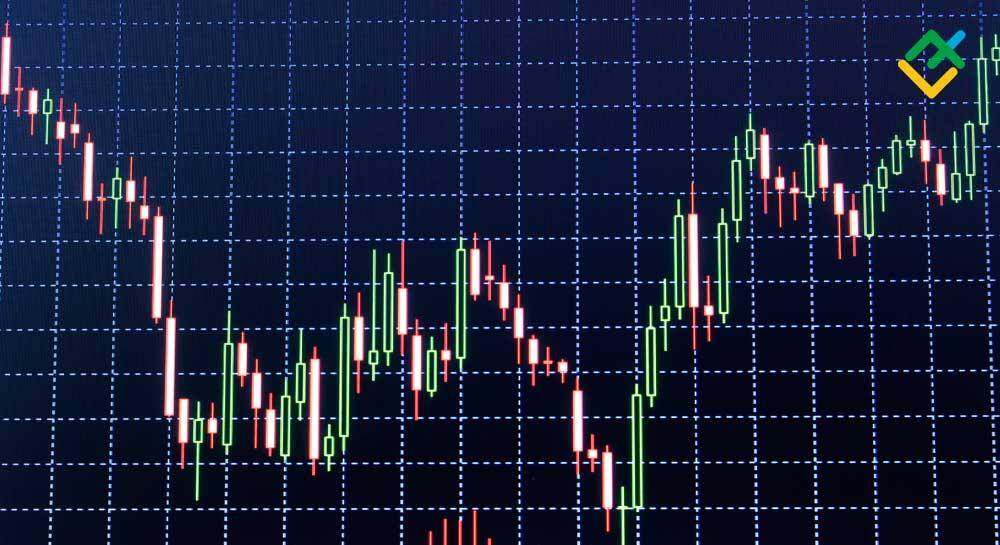
2024-11-26 21:11

Chuks3 

Manual signal providers in forex
Types of Manual Signal Providers
1. *Human Analysts*: Experienced traders and analysts provide signals based on technical and fundamental analysis.
2. *Trading Coaches*: Experienced traders provide signals and coaching to help traders improve their skills.
3. *Forex Mentors*: Experienced traders provide personalized guidance and signals to help traders achieve their goals.
*Characteristics of Reliable Manual Signal Providers*
1. *Transparency*: Clear explanation of the signal generation process.
2. *Performance Track Record*: Verifiable performance track record.
3. *Risk Management*: Emphasis on risk management and trade management.
4. *Communication*: Regular updates and communication with subscribers.
5. *Experience*: Proven track record of success in Forex trading.
*Benefits of Using Manual Signal Providers*
1. *Personalized Guidance*: Manual signal providers offer personalized guidance and support.
2. *Improved Trading Performance*: Reliable signals can improve trading performance and increase profits.
3. *Reduced Emotional Trading*: Signals can help reduce emotional trading and impulsive decisions.
4. *Increased Confidence*: Reliable signals can increase trading confidence.
*Challenges and Risks of Using Manual Signal Providers*
1. *Signal Quality*: Poor signal quality can lead to losses.
2. *Over-Reliance*: Over-reliance on signals can lead to complacency and poor trading decisions.
3. *Risk of Scams*: Risk of scams and unreliable signal providers.
4. *Market Volatility*: Signals may not perform well in highly volatile markets.
*How to Evaluate Manual Signal Providers*
1. *Research and Due Diligence*: Research signal providers and perform due diligence.
2. *Review Performance Track Record*: Verify the performance track record.
3. *Understand Signal Generation*: Understand how signals are generated.
4. *Read Reviews and Testimonials*: Read reviews and testimonials from other traders.
5. *Trial or Demo Account*: Test the signal provider's performance using a trial or demo account.
*Red Flags to Watch Out for*
1. *Unrealistic Promises*: Be wary of signal providers making unrealistic promises.
2. *Lack of Transparency*: Be cautious of signal providers lacking transparency.
3. *Poor Communication*: Be wary of signal providers with poor communication.
4. *Unverifiable Performance Track Record*: Be cautious of signal providers with unverifiable performance track records.

2024-11-26 21:10

Chuks3 

Types of Signal Providers_
1. _Manual Signal Providers_: Human analysts generate signals using technical and fundamental analysis.
2. _Automated Signal Providers_: Algorithms and trading systems generate signals using technical indicators and market data.
3. _Hybrid Signal Providers_: Combination of manual and automated signal generation.
_Characteristics of Reliable Signal Providers_
1. _Transparency_: Clear explanation of the signal generation process.
2. _Performance Track Record_: Verifiable performance track record.
3. _Risk Management_: Emphasis on risk management and trade management.
4. _Customer Support_: Responsive customer support.
_Benefits of Using Signal Providers_
1. _Improved Trading Performance_: Reliable signals can improve trading performance and increase profits.
2. _Time Savings_: Automated signals can save time and effort.
3. _Reduced Emotional Trading_: Signals can help reduce emotional trading and impulsive decisions.
4. _Increased Confidence_: Reliable signals can increase trading confidence.
_Challenges and Risks of Using Signal Providers_
1. _Signal Quality_: Poor signal quality can lead to losses.
2. _Over-Reliance_: Over-reliance on signals can lead to complacency and poor trading decisions.
3. _Risk of Scams_: Risk of scams and unreliable signal providers.
4. _Market Volatility_: Signals may not perform well in highly volatile markets.
_How to Evaluate Signal Providers_
1. _Research and Due Diligence_: Research signal providers and perform due diligence.
2. _Review Performance Track Record_: Verify the performance track record.
3. _Understand Signal Generation_: Understand how signals are generated.
4. _Read Reviews and Testimonials_: Read reviews and testimonials from other traders.
_Red Flags to Watch Out for_
1. _Unrealistic Promises_: Be wary of signal providers making unrealistic promises.
2. _Lack of Transparency_: Be cautious of signal providers lacking transparency.
3. _Poor Customer Support_: Be wary of signal providers with poor customer support.
4. _Unverifiable Performance Track Record_: Be cautious of signal providers with unverifiable performance track records.
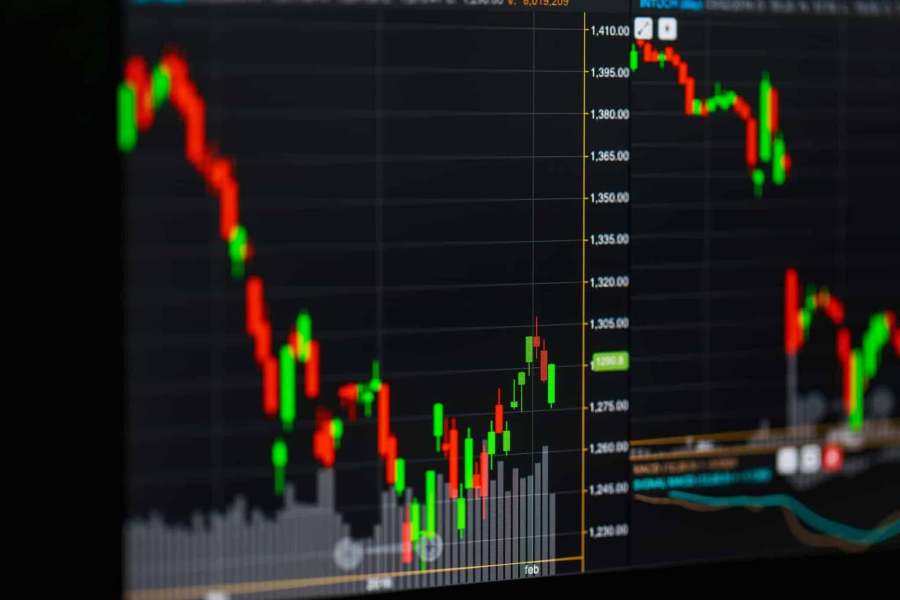
2024-11-26 21:08

Chuks3 

Types of Forex Trading Signals_
1. _Manual Signals_: Generated by human analysts using technical and fundamental analysis.
2. _Automated Signals_: Generated by algorithms and trading systems using technical indicators and market data.
3. _Hybrid Signals_: Combination of manual and automated signals.
_Sources of Forex Trading Signals_
1. _Forex Brokers_: Many Forex brokers offer trading signals as part of their services.
2. _Signal Providers_: Specialized companies and individuals offering trading signals.
3. _Trading Communities_: Online communities and forums where traders share and discuss trading signals.
4. _Social Media_: Social media platforms where traders share and discuss trading signals.
_Characteristics of Reliable Forex Trading Signals_
1. _Accuracy_: High accuracy in predicting market movements.
2. _Consistency_: Consistent performance over time.
3. _Transparency_: Clear explanation of the signal generation process.
4. _Risk Management_: Emphasis on risk management and trade management.
_Benefits of Using Forex Trading Signals_
1. _Improved Trading Performance_: Reliable signals can improve trading performance and increase profits.
2. _Time Savings_: Automated signals can save time and effort.
3. _Reduced Emotional Trading_: Signals can help reduce emotional trading and impulsive decisions.
4. _Increased Confidence_: Reliable signals can increase trading confidence.
_Challenges and Risks of Using Forex Trading Signals_
1. _Signal Quality_: Poor signal quality can lead to losses.
2. _Over-Reliance_: Over-reliance on signals can lead to complacency and poor trading decisions.
3. _Risk of Scams_: Risk of scams and unreliable signal providers.
4. _Market Volatility_: Signals may not perform well in highly volatile markets.
_Best Practices for Using Forex Trading Signals_
1. _Research and Due Diligence_: Research signal providers and perform due diligence.
2. _Understand Signal Generation_: Understand how signals are generated and the underlying strategy.
3. _Monitor Signal Performance_: Continuously monitor signal performance and adjust accordingly.
4. _Use Risk Management_: Use risk management strategies to minimize losses.

2024-11-26 21:01

Chuks3 

Types of High Trading Frequency Strategies
1. *Scalping*: Making multiple small trades to profit from small price movements.
2. *Day Trading*: Closing all positions before the market closes to avoid overnight risks.
3. *High-Frequency Trading (HFT)*: Using algorithms to execute
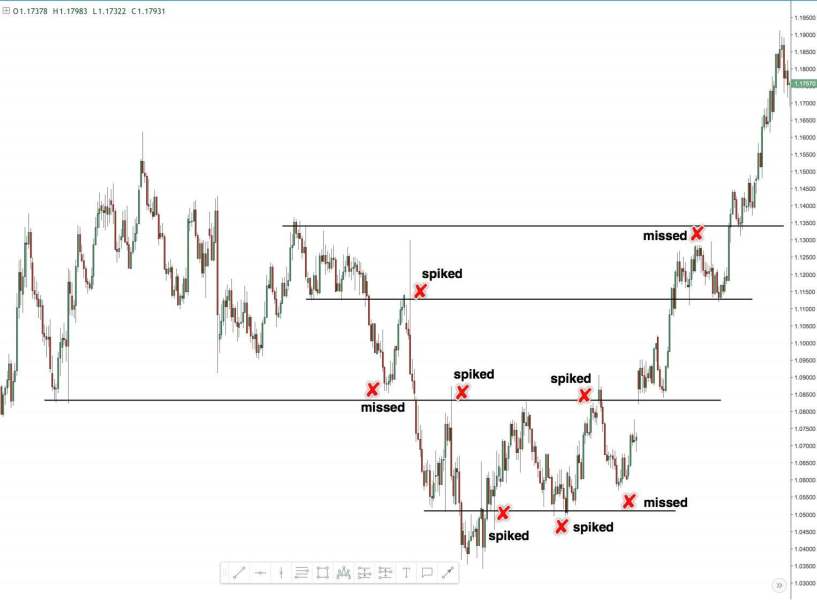
2024-11-26 20:54

Chuks3 

Types of Price Movements
1. *Trends*: A sustained movement in price in one direction.
2. *Reversals*: A change in direction of the trend.
3. *Ranges*: A period of price movement within a specific range.
4. *Breakouts*: A price movement outside of a established range.
5. *False Breakouts*: A temporary price movement outside of a established range that returns to the range.
*Factors Influencing Price Movements*
1. *Supply and Demand*: Imbalances in supply and demand cause price movements.
2. *Economic Indicators*: Economic indicators such as GDP, inflation, and employment rates influence price movements.
3. *Central Bank Actions*: Central bank actions such as interest rate decisions and quantitative easing impact price movements.
4. *Market Sentiment*: Market sentiment, including trader attitudes and expectations, influences price movements.
5. *News and Events*: News and events such as elections, natural disasters, and economic crises impact price movements.
*Technical Analysis of Price Movements*
1. *Charts and Patterns*: Using charts and patterns to identify trends, reversals, and ranges.
2. *Indicators and Oscillators*: Using indicators and oscillators to confirm trends and identify potential reversals.
3. *Support and Resistance*: Identifying key support and resistance levels to predict price movements.
4. *Trend Lines and Channels*: Drawing trend lines and channels to identify trends and predict price movements.
*Fundamental Analysis of Price Movements*
1. *Economic Fundamentals*: Analyzing economic fundamentals such as GDP, inflation, and employment rates.
2. *Central Bank Policies*: Analyzing central bank policies and actions.
3. *Market Sentiment*: Analyzing market sentiment and trader attitudes.
4. *News and Events*: Analyzing news and events that impact price movements.
*Price Movement Strategies*
1. *Trend Following*: Following established trends to profit from sustained price movements.
2. *Range Trading*: Buying and selling within established ranges to profit from price movements.
3. *Scalping*: Making multiple small trades to profit from small price movements.
4. *Position Trading*: Holding positions for an extended period to profit from long-term price movements.
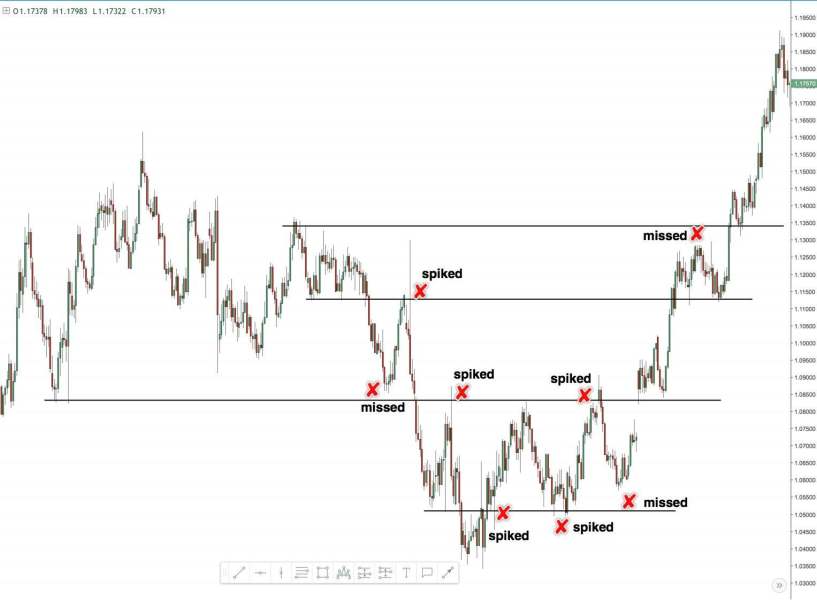
2024-11-26 20:51

Chuks3 

Market Conditions
1. *Liquidity*: The ability to buy or sell a currency pair quickly and at a stable price.
2. *Volatility*: The degree of price movement in a currency pair, which can impact trading strategies.
3. *Market Hours*: The times when markets are open and trading is possible.
4. *Economic Calendar*: A schedule of economic events and data releases that can impact market movements.
*Trading Platform Conditions*
1. *Spreads*: The difference between the bid and ask prices of a currency pair.
2. *Commissions*: Fees charged by brokers for executing trades.
3. *Leverage*: The ability to control large positions with a relatively small amount of capital.
4. *Margin Requirements*: The minimum amount of capital required to maintain open positions.
*Risk Management Conditions*
1. *Stop-Loss Orders*: Orders that automatically close a position when it reaches a certain price.
2. *Take-Profit Orders*: Orders that automatically close a position when it reaches a certain profit level.
3. *Position Sizing*: The process of determining the optimal amount of capital to allocate to a trade.
4. *Risk-Reward Ratio*: The ratio of potential profit to potential loss in a trade.
*Regulatory Conditions*
1. *Broker Regulation*: Ensuring that brokers are licensed and regulated by reputable authorities.
2. *Trading Restrictions*: Understanding any restrictions on trading, such as leverage limits or trading hours.
3. *Taxation*: Understanding the tax implications of trading and ensuring compliance with tax laws.
4. *Client Protection*: Ensuring that client funds are protected and segregated from broker funds.

2024-11-26 20:47

Chuks3 

Types of Financial Literacy in Forex
1. *Understanding Leverage*: Knowing how to use leverage effectively and managing risk.
2. *Risk Management*: Understanding how to manage risk through position sizing, stop-loss orders, and other strategies.
3. *Trading Psychology*: Understanding how emotions impact trading decisions and developing strategies to manage emotions.
4. *Market Analysis*: Understanding how to analyze markets using technical and fundamental analysis.
5. *Trading Strategies*: Understanding different trading strategies, such as scalping, day trading, and swing trading.
*Importance of Financial Literacy in Forex*
1. *Improved Trading Decisions*: Financial literacy helps traders make informed decisions and avoid costly mistakes.
2. *Risk Management*: Financial literacy helps traders manage risk effectively, reducing the likelihood of significant losses.
3. *Increased Confidence*: Financial literacy increases traders' confidence in their abilities, leading to better trading performance.
4. *Better Market Understanding*: Financial literacy helps traders understand market dynamics, enabling them to adapt to changing market conditions.
*How to Improve Financial Literacy in Forex*
1. *Education and Training*: Participate in Forex trading courses, workshops, and webinars.
2. *Reading and Research*: Read books, articles, and online resources to stay up-to-date with market developments.
3. *Practice and Experience*: Practice trading with a demo account or a small live account to gain experience.
4. *Mentorship*: Find a mentor or join a trading community to learn from experienced traders.
5. *Continuously Learn and Adapt*: Stay up-to-date with market developments and adapt your trading strategies accordingly.
*Common Mistakes to Avoid*
1. *Lack of Risk Management*: Failing to manage risk effectively, leading to significant losses.
2. *Insufficient Education*: Lack of education and training, leading to poor trading decisions.
3. *Emotional Trading*: Making impulsive decisions based on emotions, leading to poor trading performance.
4. *Over-Trading*: Trading too frequently, leading to increased transaction costs and decreased trading performance.

2024-11-26 20:43

Chuks3 

Types of Range Trading
1. *Horizontal Range Trading*: Buying and selling within a horizontal price range.
2. *Vertical Range Trading*: Buying and selling within a vertical price range, often using options or futures contracts.
3. *Dynamic Range Trading*: Adjusting the range boundaries based on market conditions.
*Characteristics of Range Traders*
1. *Focus on Price Action*: Range traders focus on price action within the established range.
2. *Identifying Support and Resistance*: Range traders identify key support and resistance levels to determine the range boundaries.
3. *Risk Management*: Range traders must be skilled at managing risk, as price movements can be unpredictable.
4. *Patience and Discipline*: Range traders must be patient and disciplined, waiting for price movements to reach the range boundaries.
*Benefits of Range Trading*
1. *Potential for High Returns*: Range trading offers the potential for high returns, especially in volatile markets.
2. *Reduced Risk*: Range trading can help reduce risk, as traders are buying and selling within established boundaries.
3. *Improved Trading Discipline*: Range trading requires discipline and patience, helping traders develop these essential skills.
*Challenges of Range Trading*
1. *Market Volatility*: Range traders must adapt to rapidly changing market conditions, including changes in volatility.
2. *Identifying Range Boundaries*: Range traders must be skilled at identifying range boundaries, which can be challenging.
3. *Breakouts and False Signals*: Range traders must be prepared for breakouts and false signals, which can impact trading decisions.
*Best Practices for Range Traders*
1. *Develop a Trading Plan*: Establish a clear trading plan, including entry and exit rules, position sizing, and risk management strategies.
2. *Stay Disciplined*: Stick to your trading plan and avoid impulsive decisions based on emotions.
3. *Continuously Monitor Markets*: Stay up-to-date with market developments and adjust your trading plan accordingly.
4. *Manage Risk Effectively*: Use stop-loss orders, position sizing, and other risk management strategies to minimize losses.

2024-11-26 20:38

Chuks3 

Types of Carry Traders
1. *Interest Rate Carry Traders*: Focus on exploiting differences in interest rates between countries.
2. *Currency Carry Traders*: Focus on exploiting differences in currency values and interest rates.
*Characteristics of Carry Traders*
1. *Long-Term Focus*: Carry traders typically hold positions for an extended period, often months or even years.
2. *High Leverage*: Carry traders often use high leverage to maximize returns.
3. *Risk Management*: Carry traders must be skilled at managing risk, as currency markets can be volatile.
4. *Economic Analysis*: Carry traders must have a deep understanding of economic indicators and market trends.
*Benefits of Carry Trading*
1. *Potential for High Returns*: Carry trading offers the potential for high returns, especially in high-interest-rate environments.
2. *Low Volatility*: Carry trading can be less volatile than other trading strategies, as traders are holding positions for an extended period.
3. *Opportunity to Diversify*: Carry trading allows traders to diversify their portfolios by investing in different currencies and interest rates.
*Challenges of Carry Trading*
1. *Market Volatility*: Carry traders must adapt to rapidly changing market conditions, including changes in interest rates and currency values.
2. *Risk Management*: Carry traders must be skilled at managing risk, as currency markets can be volatile.
3. *Economic Uncertainty*: Carry traders must navigate economic uncertainty, including changes in interest rates and economic indicators.
4. *Currency Risk*: Carry traders are exposed to currency risk, as changes in currency values can impact returns.
*Best Practices for Carry Traders*
1. *Develop a Trading Plan*: Establish a clear trading plan, including entry and exit rules, position sizing, and risk management strategies.
2. *Stay Disciplined*: Stick to your trading plan and avoid impulsive decisions based on emotions.
3. *Continuously Monitor Markets*: Stay up-to-date with market developments and adjust your trading plan accordingly.
4. *Manage Risk Effectively*: Use stop-loss orders, position sizing, and other risk management strategies to minimize losses.
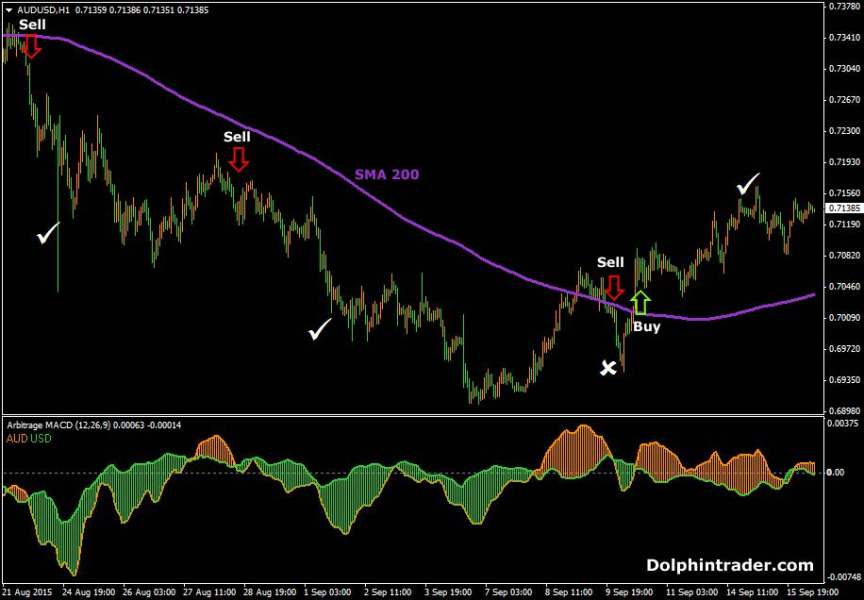
2024-11-26 20:29
點擊加載更多
可能感興趣的人
換一換
暴风科技专业搭建商 

關注

David C. 

關注

FPGv我imfeelingnow
財盛國際·員工
關注
PGM诚聘:客户经理,团队长,可晋升总监 

關注
亨-達國際-A生-招代理 

關注
